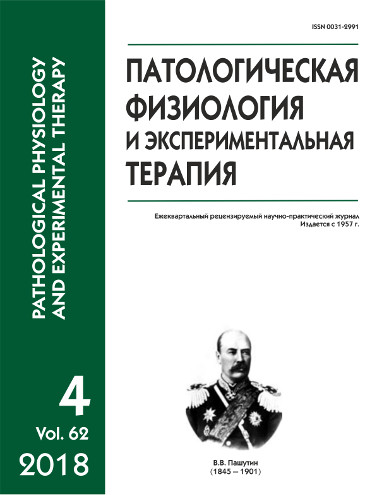3D cell culture of melanocytes as a test-system and a cellular model for studying pathology of melanogenesis
Abstract
The functional activity of melanocytes determines protective properties of the skin against the effect of ultraviolet radiation, which causes photo-aging. However, studying melanocytes in vivo and in an in vitro monolayer culture is difficult because animal models and laborious analytical methods are required, and the culturing is associated with loss of tissue-specific cell markers. Since 3D cultivation of melanocytes in the form of spheroids can preserve their phenotype and functionality, this work focused on obtaining and studying melanocyte spheroids. The study was conducted using a primary culture of human skin melanocytes. Cells were cultured in a monolayer to the fourth passage. Then these cells were placed in agarose plates with microwells at the cell suspension concentration of 3.3 х 106 cells/ml. Spheroids were characterized using photometry, immunocytochemical staining, and real-time PCR. The amount of synthetized melanin gradually reduced to the forth passage of melanocyte monolayer culture. When melanocytes were transferred to the 3D conditions in non-adhesive agarose plates they aggregated and formed compact spheroid structures, in which the amount of melanin was elevated. Real-time PCR demonstrated the expression of tyrosinase (TYR) and MCR1. According to immunocytochemical staining cells in spheroids also expressed the tissue-specific markers: gp100, MITF, and Sox10. Therefore, this study showed that in a non-adherent culture, melanocytes are able to form long-lasting, viable 3D spheroid structures, in which the cells maintain their initial phenotype and synthesis of tissue-specific markers in vitro. These features make the melanocyte spheroids a convenient test-system for studying toxicity and efficiency of drugs targeted at regulation of skin pigmentation.






